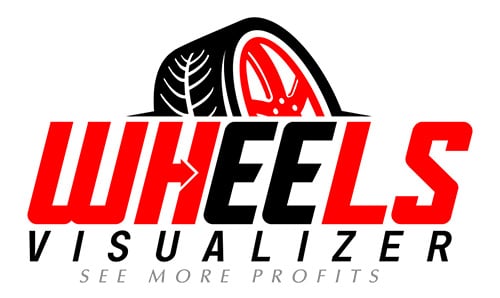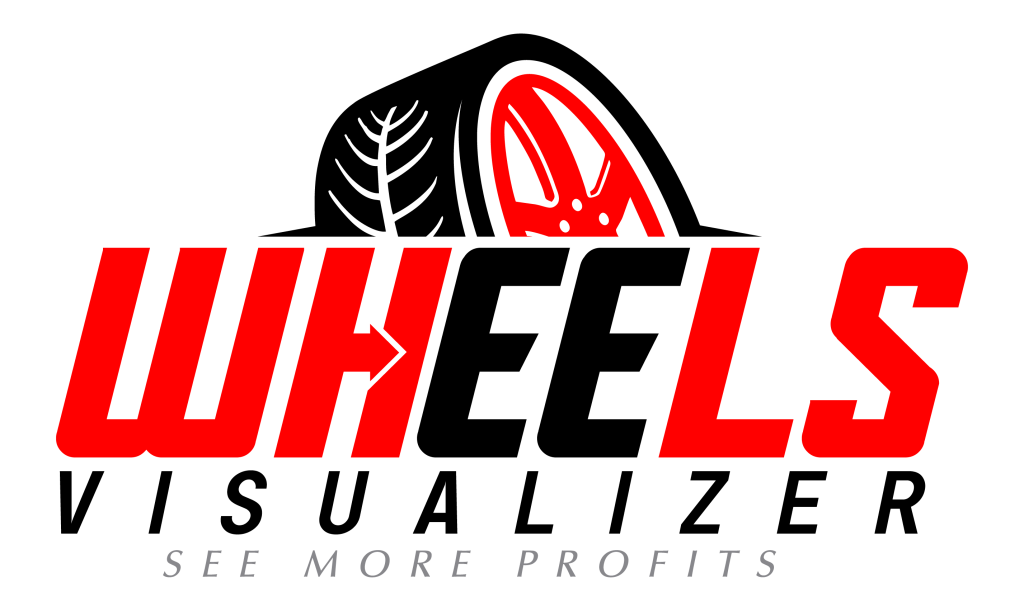There are many helpful ways to reduce sales friction. Friction occurs when something impedes the sale’s progress. Learn more in this article.
Friction Definition
In a physical sense, friction is the resistance that results when one object gets in the way of another object’s motion. It slows down the action and frequently produces heat.
The definition of friction is similar in sales. Friction causes the sales process to move slowly or even halt altogether and can result in tense disagreements and even conflict. When friction is eliminated, flow resumes, and heat is released. Similar to how flow returns and sales are made more quickly, effectively, and smoothly when the causes of sales friction are eliminated.
Below are proven ways to improve efficiency and reduce sales friction.
1. Create a Sales Map and Recognize the Various Kinds of Friction That Directly and Indirectly Affect Sales.
To reduce sales friction in your cycle, you must first understand all friction manifestations. The three main categories of friction are as follows:
- Internal
- External
- Interpersonal
When there is fewer sales friction, flow returns and sales happen more quickly, effectively, and smoothly. A faster sales cycle opens the opportunity for increased sales volume.
Internal conflict can manifest itself in your organization’s process, strategy, abilities, salesman activities, and elsewhere. Your salesmen may experience difficulty deciding what to do next and how to do it if your sales process is unclear and lacks embedded methodologies. You will encounter friction between desired outcomes and the results your process is truly delivering if your sales process and strategy are not well-aligned. A lack of skills will make it difficult for your salespeople and sales managers to carry out your strategy and procedure.
The sales process is sometimes restricted by external friction, which the client introduces. It might be their opposition to your product, investment anxiety, organizational challenges within themselves, a poor fit, a lack of comprehension, or a lack of ability to decide, for instance. The most common is lack of ability to decide and lack of comprehension. In the custom wheel and rim business, it has been proven that the inability to decide is a huge sales friction introduced by potential customers who simply cannot envision how their custom wheels will actually look on their ride.
Any conflict or disagreement that reduces the effectiveness of your company is considered an interpersonal conflict. These could also be inter-organizational, exterior, or both. One of your sales teams may quarrel and battle with the customer, or someone on your sales team may have a personal issue with a member of the buying team.
Your sales process may be slowed down or stopped by any of these types of sales progress obstacles.
2. Determine Your Frictions and Sticking Spots
You can start locating the areas of your sales organization where there is the most friction if you have a clear grasp of the different types of friction. These are the first and most important areas of friction to address if you don’t have a clear strategy and a process based on milestones.
Another important area to check for are:
- Strategy, procedure, skills, training, coaching, and execution are not well-aligned.
- Your procedure may not be in line with the needs of the customer.
- Your sales method’s ineffective steps and lack of clarity and lacking in coaching, instruction, or abilities may fail to enable the sales process.

3. Deal With Friction From the Top Down
Numerous businesses spend money on “random acts of sales enablement.” Instead of using a comprehensive strategy of enablement, this typically manifests as buying discrete solutions to address problems.
This method hardly ever uncovers the real source of friction. You require a top-level effort to align every aspect of your sales organization with the business strategy and the requirements of the customers if you want to empower your team and reduce sales frictions.
A sales environment can be created with the proper strategy, procedure, coaching, training, technology, and alignment of these factors.
4. Encourage Shifts to New Technology-Based Behaviors
The only way a perfect system of strategy, process, training, technology, and coaching will work is if it handles the system’s users like actual people.
People dislike change. Even a good change for the better.
Your system needs to use the right, compatible technologies, embedded training, excellent coaching, and reinforcement to promote positive behavioral change.
5. Put the Client’s Needs First
Internal barriers, customer resistance, and customer fears can create difficult friction spots. All of these factors are taken into account, and a low-friction sales organization works to reduce and eliminate all of these friction points for the customer so that they can concentrate on the better future you can help them accomplish. Wheels Visualizer is a revolutionary sales friction remover of customer fear in the custom wheels business.
6. Address Issues Involving Others.
Even the most successful and well-supported sales team may run into internal and exterior interpersonal conflict. Avoid letting a dispute grow. Face it head-on and locate the cause. One team member might be challenging to work with, or maybe two team members just don’t agree with each other.
Whatever the reason, it pays to resolve conflicts quickly rather than allowing them to fester and derail your team.

7. Utilize Modern Equipment and Technology
Technology can be a major help in enabling sales, but it can also be a cause of conflict. Avoid overly complex layers of applications that force salespeople into unnecessary steps or require them to spend time in ways they don’t find valuable. Wheels visualizer saves sales members time and energy by reducing the customer’s confusion about how their custom wheel choice will look on their vehicle.
Today’s “sales enablement” solutions often amount to little more than point products that can be added on top of already existing hardware. Or, they’re giant behemoth “solutions” that are so complex they bog you down in customizations or bog the salespeople down in needless steps.
Reduce Sales Friction with Wheel Visualizer
We designed Wheels Visualizer to help organizations reduce sales friction from their sales process with a simple, elegant, beautiful interface that salespeople love to use–and that gives managers and executives all the insights and analysis they need to continually optimize the flow of the sales process in the custom wheel industry.
Do you want a great tool to increase custom wheel sales? Contact Wheels Visualizer or call Susan (318) 294-9355 or Harold (469) 536-8478.





